How to Tie the Hare and Copper Variant
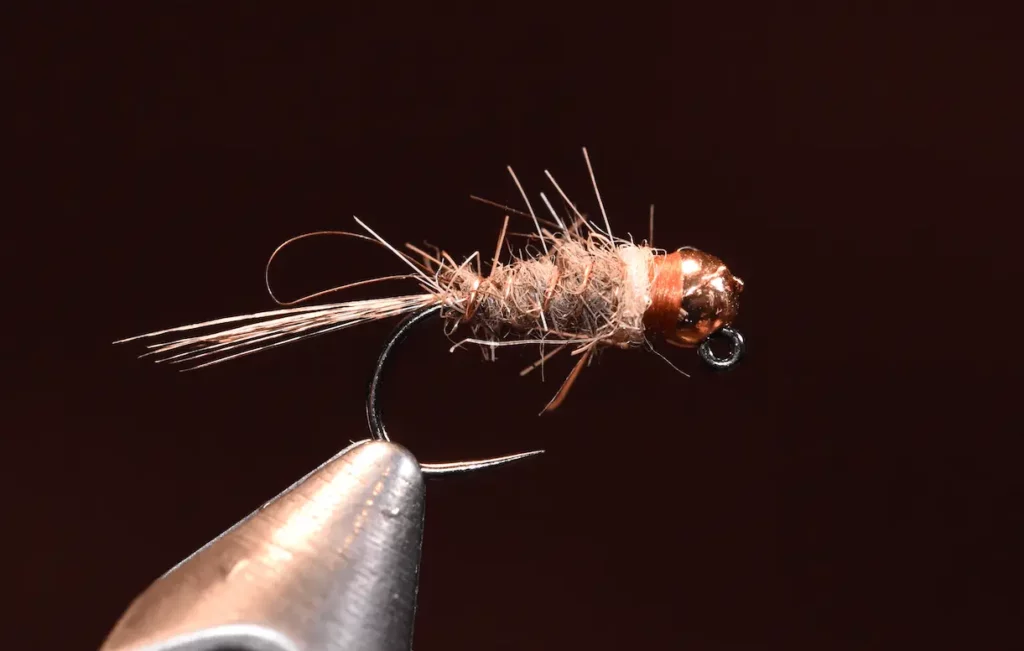
The basis for this nymph I discovered on the website Troutbitten. There, the Hare and Copper is named the Black and Tan and uses a brand of different dubbing to create the body and/or collar. Giving credit where credit is due, I took the pattern from the article I read and used materials that I already had on my fly tying bench.
Whether this is a pattern from Troutbitten or a slight variation from the far older Hare and Copper, I cannot answer. For the record, this is my go to variation of the Hare’s Ear Nymph. The origins of the Gold-Ribbed Hare’s Ear Nymph date back to an English tier in the early 1900s.
Additionally, this Hare and Copper pattern fooled my personal best wild brown, an 18” bruiser, on an undisclosed Class A tributary in Potter County. The Hare and Copper works best on wild trout because it is such a solid representation of many natural mayfly nymph species common in Pennsylvania. In the earliest part of a new fishing season, late February and March, fishing the hare and copper is my starting fly of choice when targeting wild trout. As the season progresses, I often use it in a larger size #14 as my point fly. The Hare and Copper in various sizes is also a great fly choice when mayfly nymphs are most active in the stream. I often nymph with this pattern during the peak of hatch season or when a hatch is happening but the fish have not keyed in on surface feeding quite yet.
The one thing that is clear on why this pattern catches fish is the slightly two-toned look of the abdomen and thorax. I have found through experience that flies that include color contrasts from dark to light or light to dark often outperform ones that are solid and uniform.
This pattern is not a flashy fly. As a matter of fact, I keep it sparse and drab on purpose to imitate a host of natural mayfly nymphs. There is no wing case, legs, or flash included in this nymph. When rock flipping and observing natural bugs, I have noticed that they are far more simpler in appearance compared to the sparkly, flashy patters we often tie on our lines.
In a side-by-side comparison, if I had to choose the natural insect that the Hare and Copper Variant best imitates, I feel that it is a sulphur nymph, which is a clinger-style nymph that crawls over and under rocks and substrate. But it represents a big enough variety of insects to work anywhere and at any time of the year.
This is how I like to tie the Hare and Copper Variant:
Start by threading on your bead and laying down a thread base. A few wraps of lead bound tightly behind the bead is favorable for taper but not necessary. Tie in your tail fibers and copper wire at the bend. I prefer a dark CDL tail for this pattern because it is very fine and durable, but natural pheasant tail fibers and dark wood duck work very well, too. Dub a thin and sparse abdomen using the natural dark hare’s ear about ⅔ of the way up the shank creating a taper. Counter wrap the copper ribbing wire up the body and secure behind the bead. Next, and this is the most important part, include a very thin thorax using the tan UV or Ice Dub.
Keep this thin! We don’t want to overdo any flash because I am convinced that wild fish are often spooked or turned off by too much bling-bling. The UV Hare’s Ear Plus or Ice Dubbing create more of a collar than a thorax and just enough fish attracting sparkle. Finally, place a few tight turns of thread behind the bead to button things down and whip finish.
Fly Recipe
- Jig or standard nymph hook of preference in #12-16
- Tungsten slotted or round bead in copper or black
- Rusty Brown 8/0 Thread
- Ribbing: XS to S copper wire depending on hook size
- Tail: Pheasant tail fibers, barred wood duck, or Coq De Leon (CDL)
- Abdomen: Natural dark hare’s ear dubbing
- Thorax/collar: UV, Hare’s Ear Plus or Ice Dubbing in tan

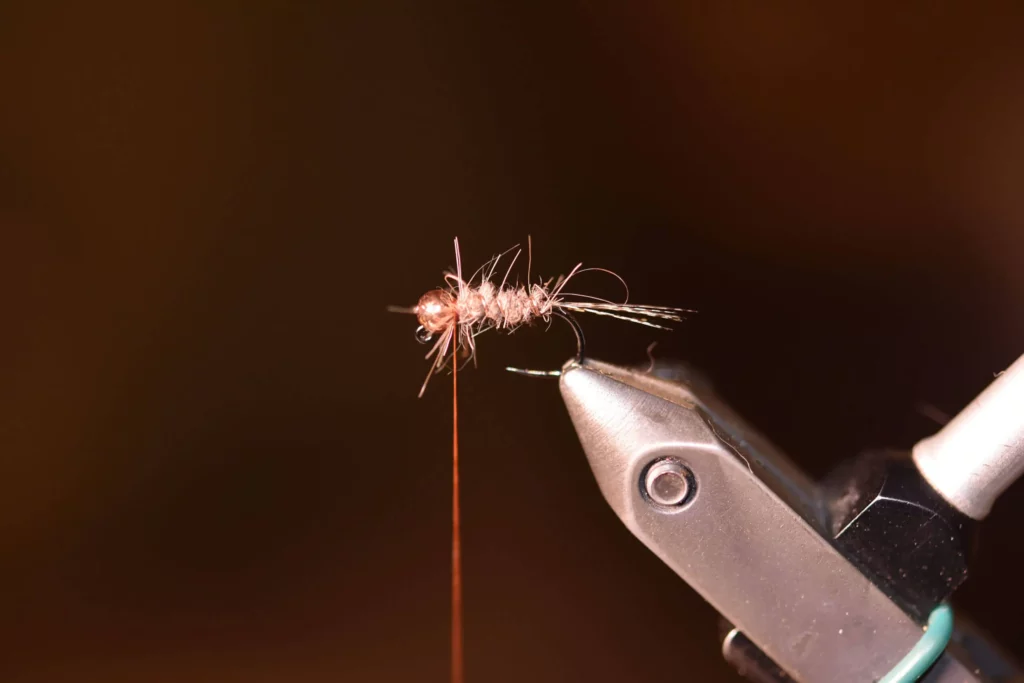
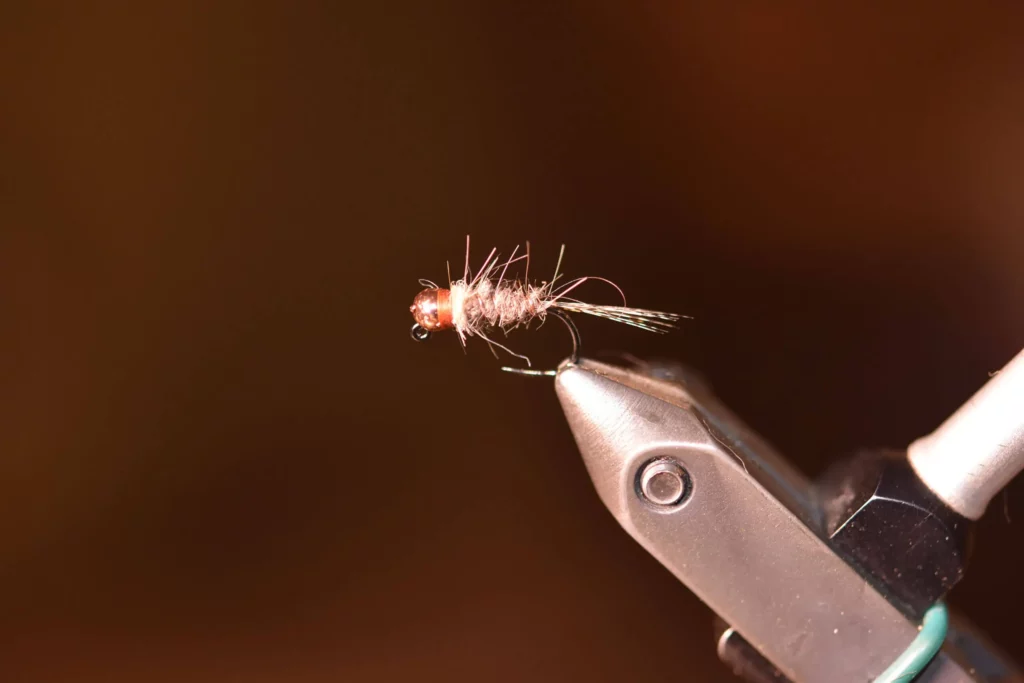
Watch the Tying Tutorial for the Hare and Copper Variant
Did You Find This Fly Tying Guide To be Helpful?
Stay up to date with the Dark Skies Fly Fishing monthly newsletter for free and receive the latest posts in fly fishing news, tricks, tips, and techniques, stream reports, as well as updates on new flies added to the Online Store and exclusive discounts!
Sign Up NowDownload our eBook "Confidence Flies: Volume One, Euro Nymphs" for free today when you sign up for our newsletter!
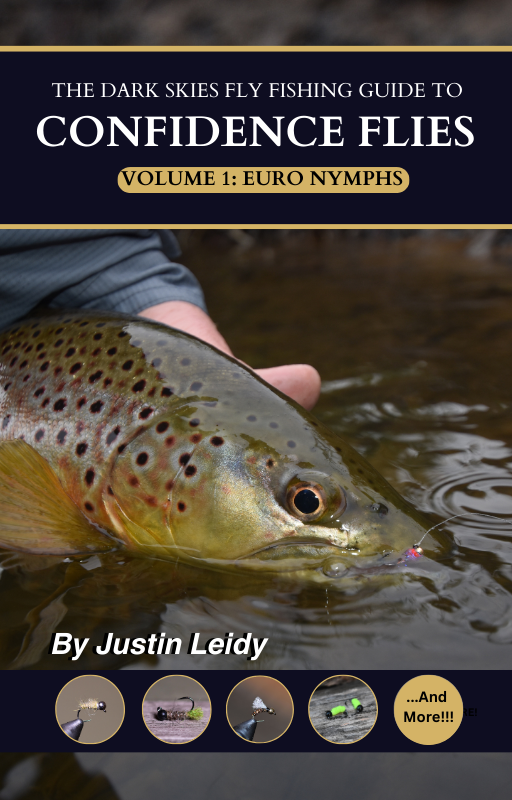
Have a fly fishing question you’d like answered? Drop us a line at info@darkskskiesflyfishing.com! If we use your question in a blog post or in the newsletter, we’ll send you a FREE fly box with a dozen of our favorite nymphs and dry flies!
